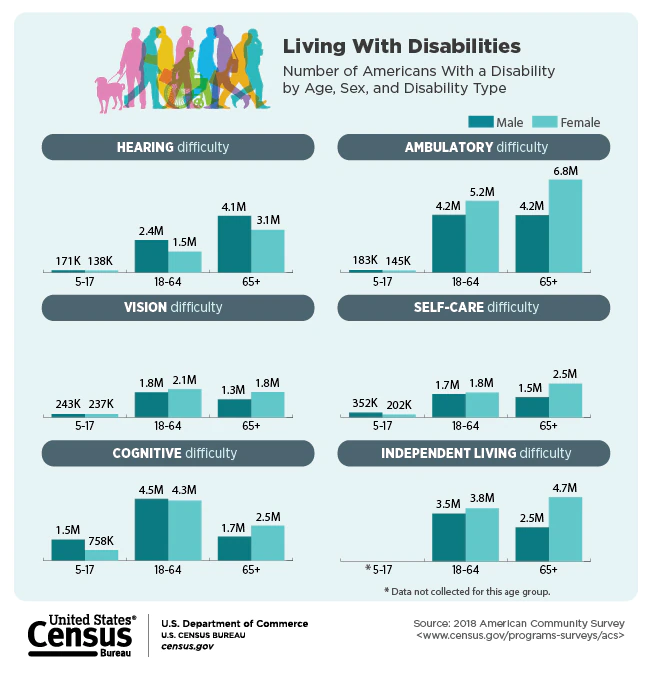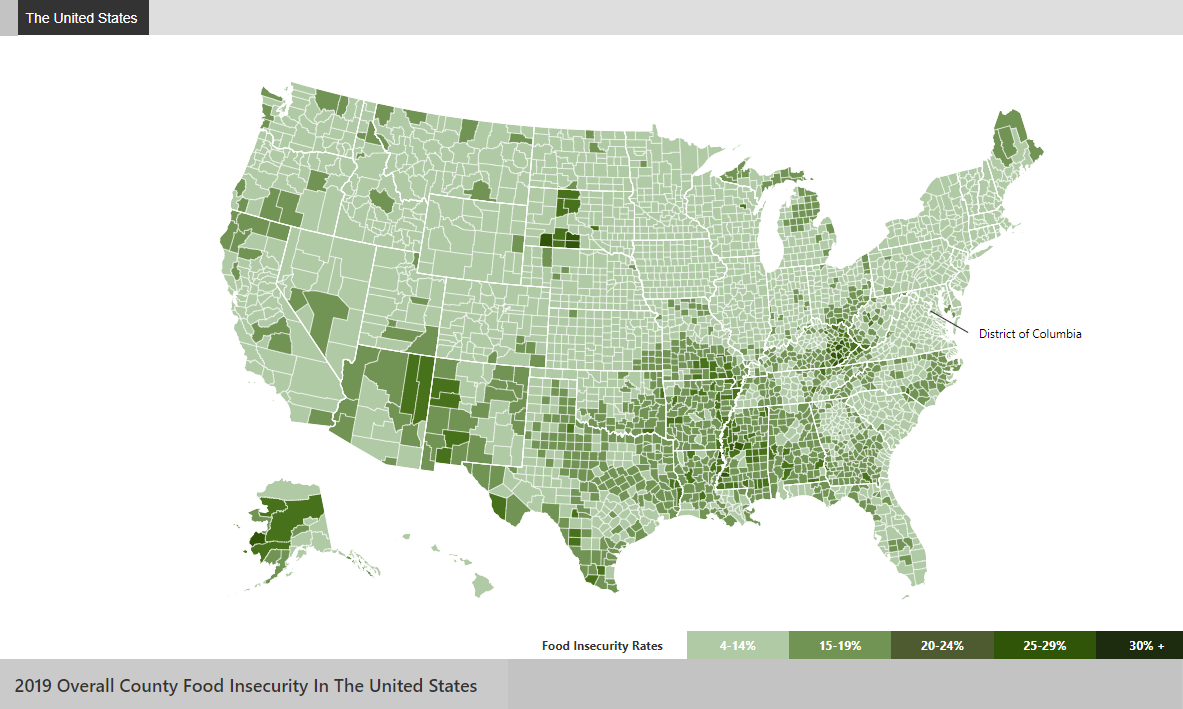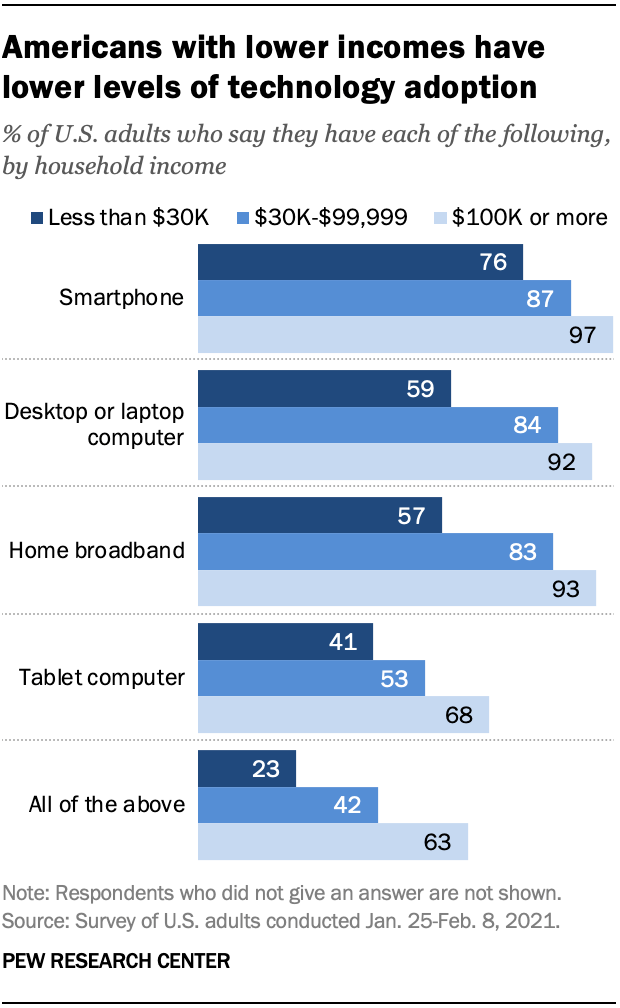
Engagement Accessibility and the Digital Divide
With the holiday season upon us and drawing us nearer to the close of 2021, we at PublicInput, can’t help but reflect on the differences a year can make when it comes to accessibility and quality of life.
The impact of the 2020 pandemic had an exacerbating negative impact on local food insecurity in 2021. And as families gather and celebrate with abundant displays the stark differences in access to commodities becomes even more prominent. A recent study conducted by Feeding America illustrates the projected impact of the pandemic on local food insecurity may affect around 42 million. That’s one in eight people in America who would be food insecure.
Source: https://map.feedingamerica.org/county/2019/overall
The complex and persistent community issues of poverty and unemployment are clearly some of the root causes of food access and insecurity issues among Americans. It is no surprise that, no matter the subject, accessibility increases as household income increases.
Public Engagement & the Digital Divide
Engaging the public in a decision-making process that addresses complex socio-economic issues in their community, like poverty or unemployment, is critical to any successful solution or intervention. But when it comes to accessibility, just like with food access, the ability for people to engage and contribute has clear and distinct differences.
These differences become a critical point of reference for public engagement practitioners and local governments seeking contributions from individuals that are representative of the broader community.
Unsurprisingly, differences like disability, age, income, language, and transportation access are all important predictors of an individual’s ability to participate and contribute to public engagement initiatives, particularly those that utilize only one type of tactic.
According to the U.S. Census Bureau, around 40.6 million people in the United States have a disability that hampers or prevents their ability to participate in public engagement opportunities.
The growing use of communication and information sharing technologies by local jurisdictions have improved access for many residents. However, it is not a panacea.

. . . even as majorities of these Americans report having [access to] certain technologies, the digital divide between those who have a disability and those who do not remains for some devices.
Older Americans are more likely than younger adults to report having a disability. At the same time, these older age groups generally have lower levels of digital adoption than the nation as a whole. — Pew Research Center
The Pew Research Center reports that a “digital divide persists even as Americans with lower incomes make gains in tech adoption.”
Roughly a quarter of adults with household incomes below $30,000 a year (24%) say they don’t own a smartphone. About four-in-ten adults with lower incomes do not have home broadband services (43%) or a desktop or laptop computer (41%). And a majority of Americans with lower incomes are not tablet owners. By comparison, each of these technologies is nearly ubiquitous among adults in households earning $100,000 or more a year. — Pew Research Center
Accommodating the Digital Divide
Some communities have observed challenges associated with hobbling together many solutions resulting in added accessibility problems. Others have struggled with reforming public engagement practices and the internal culture to distinguish between the equitable values of quantity and quality.
When it comes to technology and public involvement, meeting the public’s expectations to connect virtually is now the norm. The pandemic proved this, but the need for accommodations that meet the accessibility needs of vulnerable or underrepresented populations remain. These needs are not only about increasing public access, but also to convene a broader discussion about the perception of community needs. And those conversations should include better, more equitable options for the communities most vulnerable residents.
Tailoring engagement tactics to accommodate and include ways that make it easier for all people to provide input is key. Establishing an effective outreach and engagement strategy that is informed by a representative composition of the community is critical to planning for a variety of tactics
Want to learn more about how your community can benefit from a solution that makes it easier for a diverse population to contribute?





